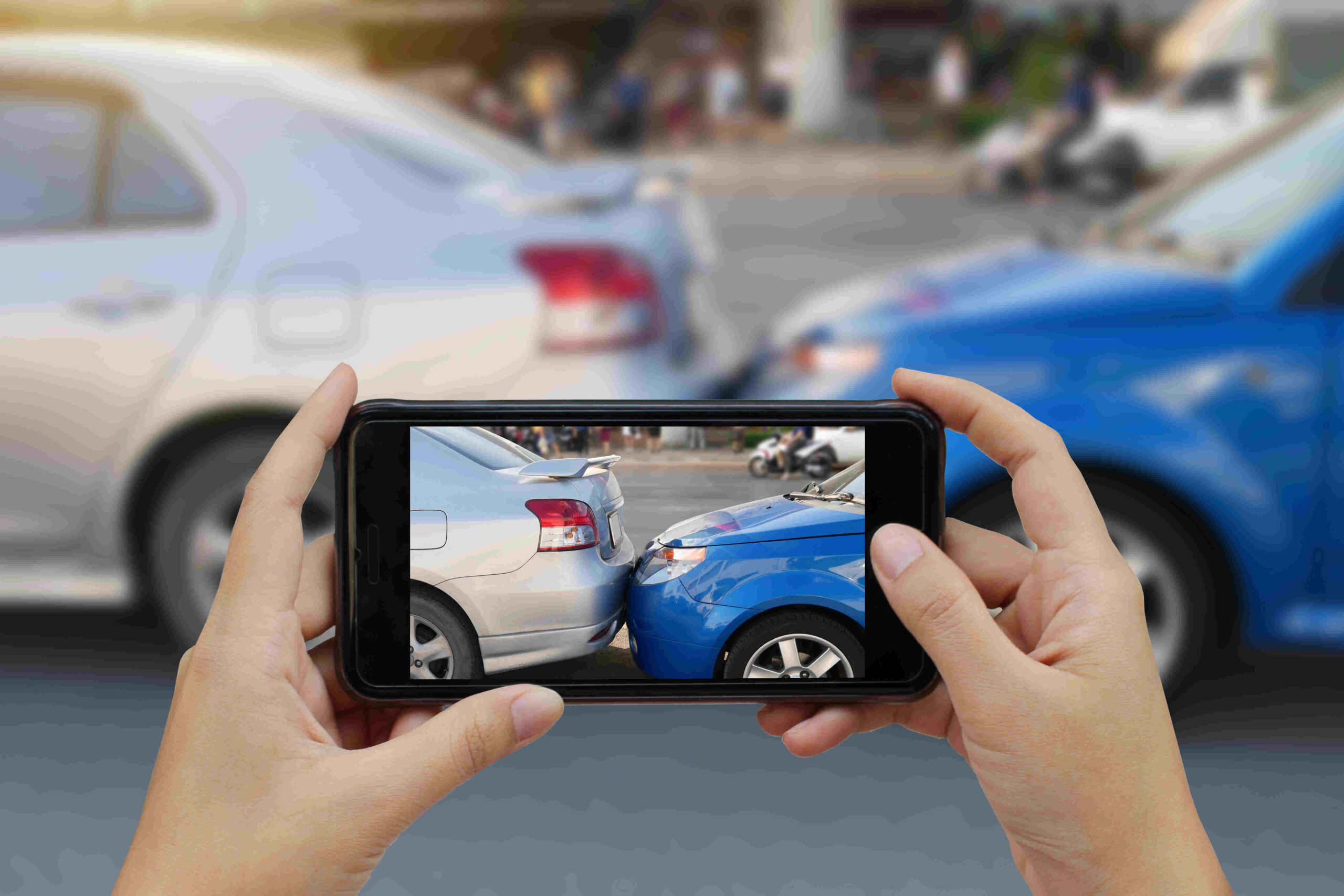Determining fault after a car accident is one of the crucial steps to settlement and, most importantly, compensation for your damages and losses. Whether you’re in an at-fault or no-fault state, understanding how to prove fault and having an experienced personal injury attorney on your side is essential. If you find yourself in a situation where you’re in need of legal guidance as a result of a car accident, the team at DiPasquale Moore can help.
What It Means to be a No Fault or At Fault State
Before diving into the specifics of how fault is proven, it’s important to understand the different systems that each state abides by. You may have heard that your state is an at-fault state or a no-fault state. Understanding the difference between these will give you a good idea how events could play out.
At-Fault States: In an at-fault state, the driver that is responsible for the accident is liable for damages.
No-Fault State: In a no-fault state, drivers are required to seek compensation from their own insurance companies first regardless of who was responsible for the accident. If this option becomes exhausted there are additional avenues your lawyer can help you explore. In some cases, they may review your insurance policy or file a claim with the other driver.
How to Determine Fault in a Car Accident
There are some important things that factor into how fault is determined after a car accident. Many of them relate to any evidence that is gathered after the collision. Understanding these factors is especially useful if you are in an at-fault state.
Police report
A police report is a crucial document created at the scene of the accident. It’s important for responding officers to accurately record the details and gather statements from the parties involved.
Witness statements
Anyone who is witness to an accident can provide statements that are valuable in proving fault. Having these collected and also asking for contact information for these witnesses can help provide insight as the case is being built.
Photos and videos
Documenting the scene of the accident can be a highly persuasive factor when it comes to determining fault. Taking photos and videos of the scene, damage to vehicles, road conditions, traffic signs, and injuries is important.
Traffic laws
Understanding the local traffic laws and regulations is important and is a way to point out any fault in other drivers if they violated any rules such as speeding, running lights, etc.
Experts
In complex cases, an expert like an accident reconstruction specialist may step in to provide a professional opinion on the case.
If you are in a car accident and believe you are not at fault, it is important to collect evidence. Anything from medical records to witness statements is useful in backing up your stance. Consider if you should consult a car accident attorney who can help you navigate the complexities of car accident cases and prove your innocence.
What Are Comparative Negligence Laws?
In some accidents, both parties involved may share part of the fault. This is where comparative negligence laws come in. These laws dictate that fault is assigned as a percentage to each person involved. This then impacts how damages are allocated.
States that utilize comparative negligence commonly follow the pure comparative negligence system or the modified comparative negligence system.
Pure comparative negligence means that each at-fault party is assigned a percentage of the fault, and the compensation is reduced accordingly. For example, if you are found 90% guilty, you can still seek compensation for the other 10%.
In a modified comparative negligence system, the ability to recover compensation is typically completely taken away if you are found to be 50% or more at fault for the case.
Let DiPasquale Moore’s Team Fight for You
Establishing fault can be a tricky process that can have a big impact on your compensation. If you’re dealing with the aftermath of a car accident, you don’t have to go through the process alone. Our personal injury attorneys are ready to help and will work tirelessly to protect your rights. Reach out to our team today for a free consultation– we work on a contingency basis which means we only get paid if you do. Don’t hesitate and give your case the best shot at receiving the maximum compensation by retaining a DiPasquale Moore car accident lawyer.


